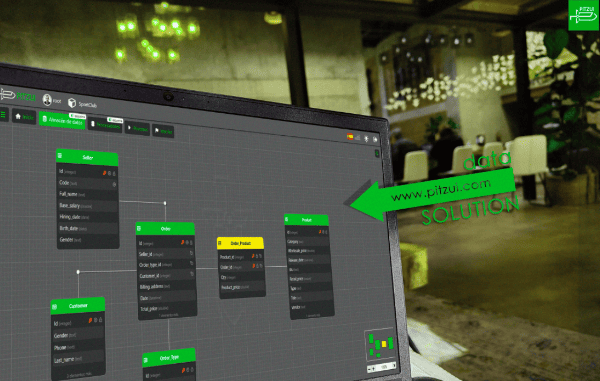What is a low-code data platform and its impact?

In today's digital world, data is a company's most valuable asset. But managing and transforming that data often requires technical skills that are not always available within business teams. That’s where low-code data platforms come into play.
These platforms are revolutionizing the way companies access, model, process, and visualize information—without needing large development teams or extensive coding knowledge.
What Is Low-Code/No-Code in the Context of Data?
Low-code and no-code platforms offer visual interfaces that allow users to build applications, processes, and reports by configuring components rather than programming them manually.
When applied to data, this means enabling users to:
- Design and manage databases without writing SQL.
- Transform, calculate, and process data through visual logic.
- Build custom reports and dashboards without programming.
- Automate data flows and external integrations.
These platforms empower non-technical users (like HR, finance, or sales analysts) to build and maintain systems that previously required full-stack developers.
Common Use Cases Across Teams
Low-code data platforms are especially powerful in business areas like:
👥 Human Resources (HR)
- Automate employee bonus and performance tracking systems.
- Manage personalized dashboards for each employee.
- Analyze historical data to detect patterns and turnover risks.
💰 Finance
- Consolidate reports across subsidiaries.
- Automate variable compensation calculations.
- Build audit-ready financial models without spreadsheets.
📈 Sales
- Build dynamic dashboards with sales performance metrics.
- Align incentive programs to real-time data.
- Forecast revenue based on client activity and trends.
Pitzui: A Modular and Multi-Tenant Approach
Pitzui is a modular low-code platform designed for enterprise data use cases, offering:
- Visual database modeling: define multiple databases, relations, and structure without code.
- Processor engine: visually create logic to calculate and transform data, with full SQL power underneath.
- Scheduler: automate tasks like data imports, recalculations, or report generation.
- UI builder: create dashboards and interfaces for users—without touching a single line of frontend code.
- Multi-tenant architecture: each user or client has their own isolated environment, database, and interface.
With Pitzui, teams can create complete data solutions in-house, without relying heavily on IT departments.

